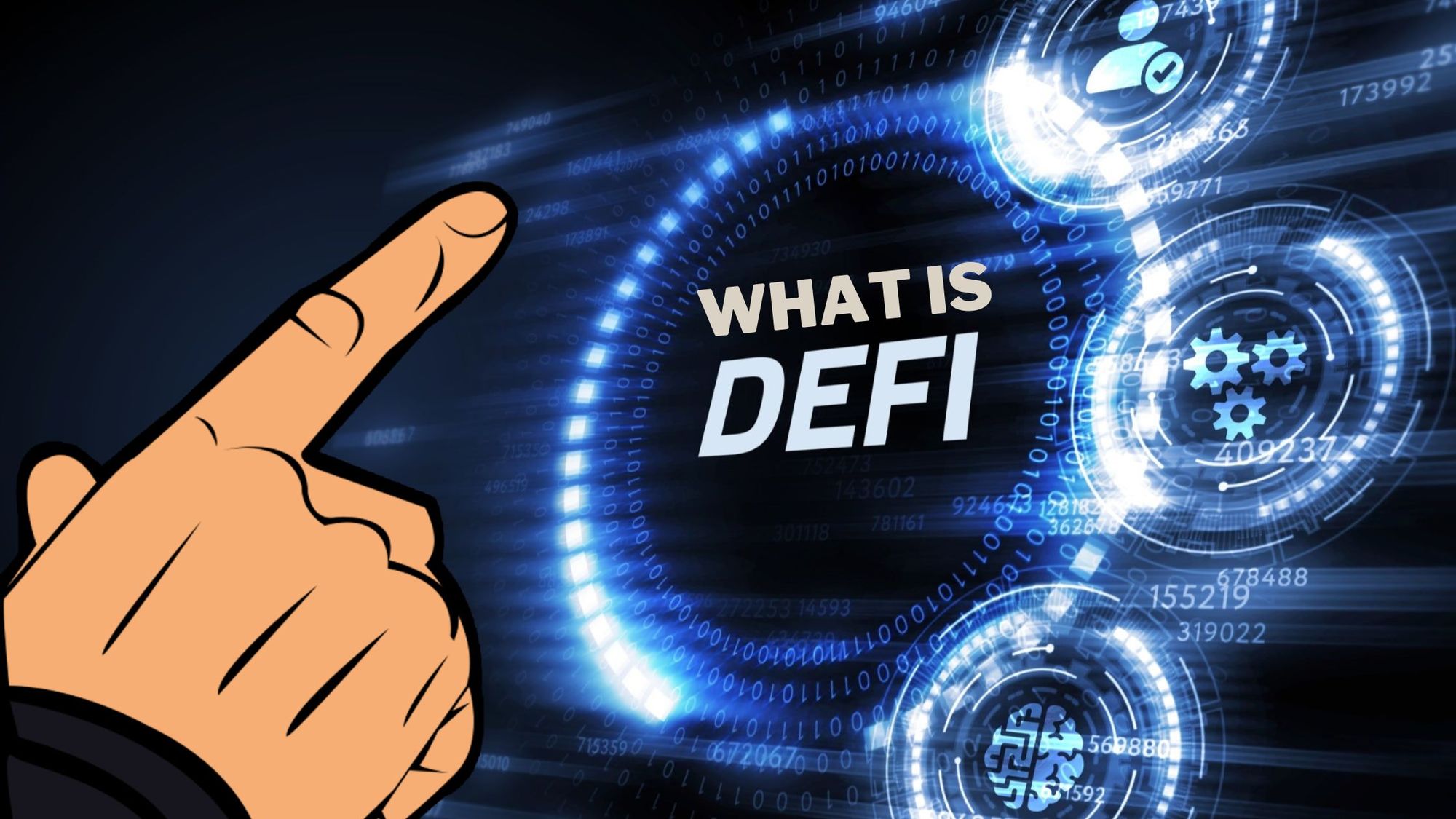DEFINITION:
A DeFi (Decentralized Finance) exchange is a type of cryptocurrency exchange that operates without a central authority, using blockchain technology to facilitate peer-to-peer transactions.
Decentralized Finance (DeFi) exchanges have emerged as a pivotal component in the evolving landscape of the cryptocurrency ecosystem. These platforms, operating without centralized control, leverage blockchain technology to facilitate direct peer-to-peer transactions. By utilizing smart contracts on networks like Ethereum, DeFi exchanges offer a transparent, secure, and inclusive trading environment.
They empower users with full control over their assets, bypass traditional financial intermediaries, and introduce innovative financial instruments. This democratization of financial services not only enhances accessibility and efficiency but also plays a crucial role in shaping the future of digital asset trading and the broader adoption of blockchain technology.
As such, DeFi exchanges are not just trading venues but are at the forefront of a financial revolution, redefining how we perceive and engage with financial systems in the digital age.
Here are its key characteristics:
- Decentralization: Unlike traditional exchanges, DeFi exchanges are not managed by a single company or entity. They run on decentralized networks, typically built on blockchain platforms like Ethereum.
- Smart Contracts: Transactions on DeFi exchanges are executed through smart contracts. These are self-executing contracts with the terms of the agreement directly written into code, automating and enforcing the terms of trade without the need for intermediaries.
- Non-Custodial: Users of DeFi exchanges maintain control of their funds. Instead of depositing funds into an exchange, users interact directly from their own wallets, reducing the risk of exchange hacks.
- Token Swapping: DeFi exchanges primarily focus on the swapping of various types of tokens, including cryptocurrencies and DeFi tokens. They enable direct trading between different types of digital assets.
- Liquidity Pools: Many DeFi exchanges use liquidity pools instead of traditional market-making mechanisms. Users can supply their tokens to these pools and earn transaction fees as liquidity providers.
- Accessibility and Inclusivity: DeFi exchanges are typically accessible to anyone with an internet connection and a compatible wallet, without the need for KYC (Know Your Customer) processes.
- Anonymity: DeFi platforms often offer greater anonymity compared to centralized exchanges, as they usually don't require users to reveal their identity.
- Interoperability: Many DeFi exchanges are designed to be interoperable with various blockchain networks and other DeFi applications, fostering a more integrated ecosystem.
- Innovation in Financial Products: DeFi exchanges often introduce innovative financial products like yield farming, staking, and liquidity mining, offering new ways for users to earn returns on their crypto assets.
- Risks: DeFi exchanges, while offering numerous benefits, also carry risks such as smart contract vulnerabilities, impermanent loss for liquidity providers, and lack of regulatory oversight.
DeFi exchanges are integral to the broader DeFi ecosystem, offering a decentralized alternative to traditional financial systems and promoting financial inclusion and innovation.

Future Growth of DeFi Exchange
The potential future growth of the DeFi (Decentralized Finance) exchange space is a topic of significant interest, given the rapid evolution and innovation within the blockchain and cryptocurrency sectors.
Here are several key aspects that could drive the growth of DeFi exchanges in the future:
- Technological Advancements: Continuous improvements in blockchain technology, such as enhanced scalability, speed, and security, will likely boost the efficiency and user experience of DeFi exchanges. The integration of emerging technologies like Layer 2 solutions and cross-chain interoperability can further expand their capabilities.
- Mainstream Adoption: As awareness and understanding of DeFi increase, we can expect a greater influx of mainstream users. Simplifying the user interface and improving the overall user experience will be crucial in attracting a broader audience beyond the current crypto-savvy community.
- Regulatory Clarity: The development of clear regulatory frameworks for DeFi could lead to increased trust and legitimacy in the eyes of institutional investors and the general public. This regulatory evolution might also help in mitigating some of the risks associated with DeFi platforms.
- Institutional Participation: The entry of institutional investors into the DeFi space could significantly boost the market cap and liquidity of DeFi exchanges. Institutions can bring in large capital inflows, advanced trading strategies, and increased demand for DeFi products.
- Innovative Financial Products: The continuous innovation in financial products offered by DeFi platforms, such as staking, yield farming, and derivatives trading, can attract a diverse range of crypto investors seeking novel investment opportunities and higher returns.
- Global Financial Inclusion: DeFi exchanges have the potential to offer financial services to unbanked and underbanked populations, fostering global financial inclusion. This aspect could see significant growth, especially in regions with limited access to traditional banking services.
- Integration with Traditional Finance: The potential integration of DeFi platforms with traditional financial systems could create a hybrid model, combining the strengths of both centralized and decentralized finance. Such integration could lead to more robust, efficient, and flexible financial markets.
- Community Governance: The emphasis on community governance and decision-making in DeFi can lead to more democratic and user-centric development of exchanges, aligning them more closely with the needs and preferences of their users.
- Risk Management Improvements: As the DeFi space matures, we can expect more sophisticated risk management tools and mechanisms to evolve, making DeFi exchanges more secure and resilient against market volatility and other risks.
- Economic Factors: Macroeconomic factors, such as inflation, currency devaluation, and economic crises, could drive more people towards decentralized financial solutions, perceiving them as safer or more profitable alternatives.
In summary, the future growth of the DeFi exchange space is likely to be influenced by a combination of technological innovation, regulatory developments, increased mainstream and institutional adoption, and the ongoing evolution of financial products and services within the DeFi ecosystem.
You May Also Like:




